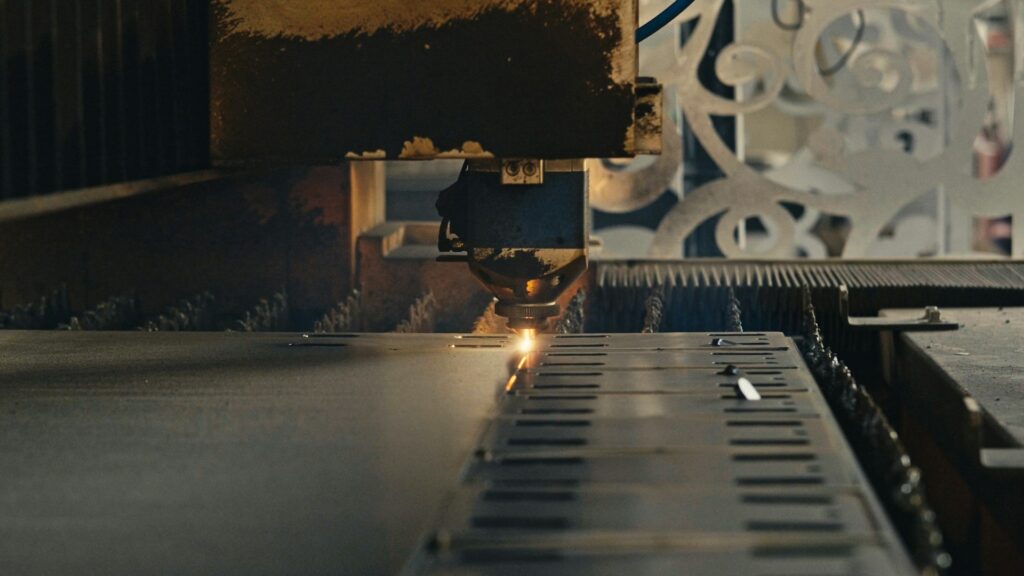In today’s manufacturing landscape, precision is not just a benchmark but rather a necessity. Even small errors can lead to costly waste, rework, and lost time. At the same time, production teams face growing pressure to do more with less, f...
Explore In-Depth CEO Insights and Articles
Explore our extensive collection of articles featuring the latest insights, trends, and success stories from top business leaders. Stay informed with expert analysis and in-depth content that covers a wide range of topics in leadership and innovation. Browse now to stay ahead in the business world.

Browse Our Latest Articles
Explore the latest articles, featuring expert insights, groundbreaking innovations, and success stories from visionary business leaders. From leadership strategies to industry trends, our articles deliver the knowledge you need to stay informed and inspired. Dive in and stay ahead in the ever-evolving world of business leadership.
Customer Relationship Management (CRM) systems have long been central to sales, marketing and customer service operations. But as artificial intelligence (AI) matures, a new generation of AI-powered CRMs is transforming how businesses manage relat...
The Best All-in-One Software for Small Business ManagementManaging a small business means balancing client relationships, finances, and marketing efforts all at once. The right all-in-one software can simplify operations, save time, and help busin...
How Equity Packages Reflect Investor Confidence in LeadershipEquity-based compensation has long been used as a signal of trust, alignment, and long-term commitment between a company’s leadership and its investors. This article explores how e...
Running a business doesn’t stop when the office lights go out. Customers expect fast, friendly responses — even after hours. That’s where virtual receptionist services come in. They bridge the gap between business hours and custo...
October is a marketer’s dream. The air turns crisp, the colors get warmer, and consumers start spending more time online searching for inspiration, deals, and seasonal experiences. While Halloween may be the star of October, the entire month...
In the world of change management, leaders have become far too used to simply telling people things are going to be different. Even worse, they often quote models with three, five or maybe even eight steps, they share complicated frameworks, and t...
In 2025’s uncertain economic climate, capital expenditure (CapEx) proposals face tighter scrutiny from directors. Inflationary pressures, higher financing costs and shifting supply chains have made large-scale investments more complex to justify.
In this exclusive interview with The Sustainability Speakers Agency, Danni Hewson discusses how leaders can harness simplicity in communication, build resilient and forward-thinking cultures, and adapt to a tech-driven future without leaving their...
In this exclusive interview with Inspirational Leadership Speakers Agency, Henry Engelhardt opens up about building cultures of innovation, the real ingredients of entrepreneurial success, and how CEOs can push their organisations to thrive in tim...
For all the hype about “innovation,” there’s a quieter skill that keeps true leaders on top: endurance. It’s not glamorous, it doesn’t make for great TED Talks, and it rarely trends on LinkedIn. But in every boardroom...
Booking a speaker is an in-depth process. If business owners want to learn how to hire the best motivational speaker for their event, they must consider the timeline, cost, event type and talent roster. The better informed they are, the more engag...











